| Twin Lead Dipole |
Although twin lead, (a 300-ohm transmission line used on TV and FM antennas in the 50s to the 70s), is not available at most stores, you still find it around and it's a cheap and efficient way to make an efficient antenna. A folded dipole has a feed-point impedance of approximately 300-ohms rather than 70 or 72 ohms. As shown in figure 1, a 1/2 wave section of 300 ohm twin lead is cut, and the ends twisted together. Next, locate the exact center and cut ONE of the leads and bare the wires. This will be the feed point for your antenna. When you make the connection of the transmission line to the antenna, remember that the weather can contribute to poor contacts on connections. On all my antennas I will solder the wires, coat them slightly with silicone seal, then tape the connections. Water is your enemy in a transmission system! Many transmitters have enough tuning range to provide a signal to this antenna. However, you should verify this before you build the antenna. The velocity factor of most 300-ohm line is close to .82. If you refer to the article of A Simple 1/2 wave and chart "figure 4", approximate line lengths are shown. Using the transmission line as detailed above, and with the lengths used in the formula above, you could construct an antenna such as the one below (figure 1). Again, keep in mind that the transmission line will present a 300 ohm impedance to the transmitter or receiver.
A balun can be used to match different impedance devices together. In my experiences, even with a 50 ohm antenna and 50 ohm transmission line, a 1:1 balun often smooths out the response of the system slighlty, while not contributing any major losses. Baluns come in many flavors, and the are commercially available or can be made with some ease. Another type of Twin Lead Dipole you can use is to leave the antenna at 300 ohms, and match it to a transmission line (like 50 ohm, RG-8 coax), with a 4:1 balun. (figure 2) The balun provides the matching between the 300 ohm antenna, and the 50 ohm line.
Still another method you can use is to leave the antenna at 300 ohms, and match it using a line section. A line section is simply a half wave section of line connected as shown in figure 3.
Finally, you can design the antenna as shown in figure 1, but instead of tuning the transmitter match using a specific length of transmission line, you can place a tuner at the output of the transmitter, and the input of the transmission line feeding the antenna. See figure 4.
My personal preference is to use the design in figure 2 for HF operation. A 4:1 balun from any ham store is affordable, and easy to install. However, on antennas in VHF range, I often use the design in figure 3. The reason is that I can easily take a 3.41' piece of RG-58 coax for an antenna designed for 144 megahertz and tape it back to the beam's boom. In HF you are dealing with lengths where it's not that easy to secure long line sections. How good can a Twin Lead dipole peform? Here is my antenna that was cut for a North-South beam, and trimmed for 14.200 megahertz. The antenna is 32 feet above the ground. I used some twin lead that I found at the hamfest. The balun was a commercial one ($19.95) from A.E.S. Note that with the balun I have a smooth match across most of 15 meters as shown in figure 5. And the takeoff angle of the main beam is ideal for a good ionspheric hop. In fact, I was able to work the U.K. with only 1 watt on the SSB portion of the 15 meter band. The main beam is at an elevation of 32 degrees. Gain of the antenna is 7.02 dBi on the main lobe. And the antenna over the spectrum exhibits an 18 dB return loss. At 14.1800 megahertz the match is 1.092 : 1.0. At 14.0200 megahertz the match is 1.250 : 1.00. At 14.3500 megahertz the match is 1.27 : 1.00.
The antenna's pattern is also quite smooth as shown below in figure 7. The two large red arrows show the direction of the main lobes of radiation. Even with the main beam being north and south, I have also worked Los Angeles CA and Manchester VT. The south and east refer to the position of the antenna. The wire goes east to west on the Y axis, and thus the main RF goes north and south on the X axis, for the most part. The Z axis is straight up in the air.
|

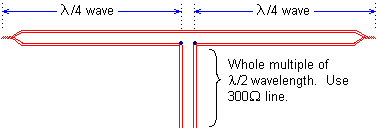
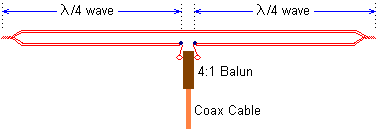
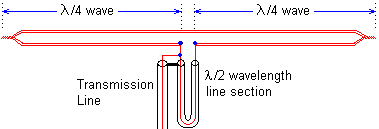
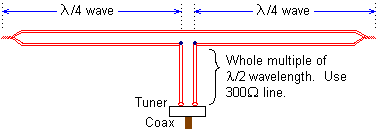

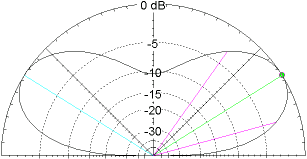
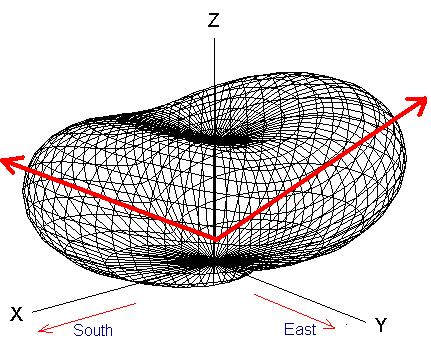
No comments:
Post a Comment